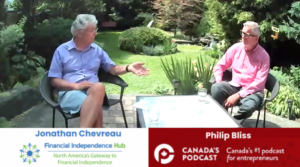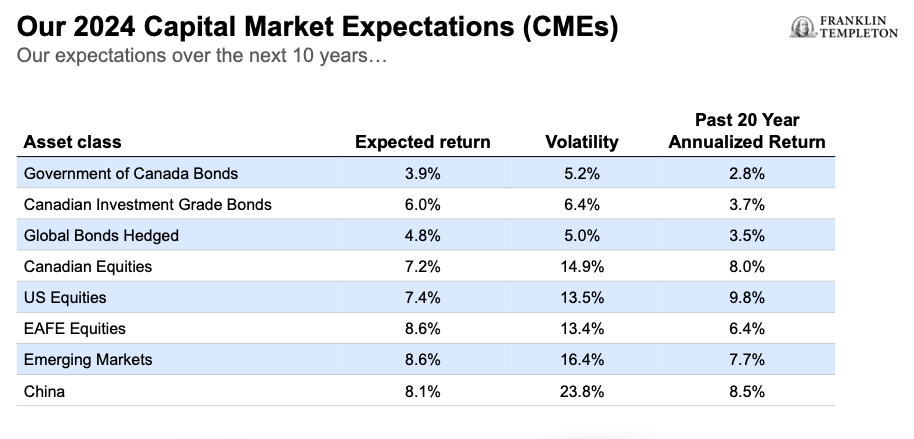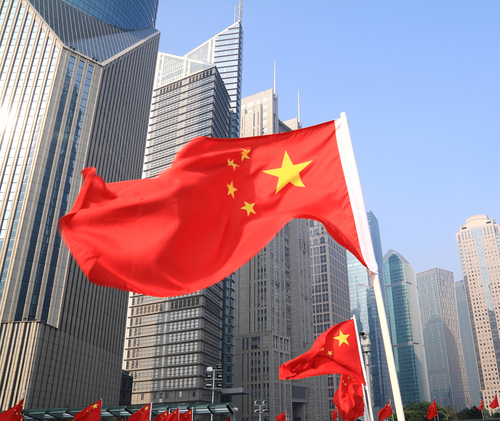
By Philip Bliss
Special to Financial Independence Hub
In an age where knowledge is easily accessible, podcasts have emerged as one of the most potent tools for personal development.
Findependence [aka Financial Independence] is a goal many aspire to, but achieving it often requires a solid understanding of money management, investments, and entrepreneurship. This is where podcasts shine, providing a wealth of knowledge and inspiration that can be instrumental in your journey towards financial freedom.
This new tool is particularly valuable in the fast-paced world of entrepreneurship, where the quest for knowledge and inspiration is ceaseless. In this digital age, Canada’s Podcast has emerged as a game-changer, becoming a cornerstone for Canadian entrepreneurial development and a key to enabling Findependence. Let’s explore why these audio/video gems are so critical to the journey of every aspiring entrepreneur.
1.) Education at your Fingertips
Podcasts offer a wide array of financial knowledge, from personal finance basics to advanced investment strategies. By tuning into podcasts, you can learn about budgeting, saving, and investing while going about your daily routine. Whether you’re commuting, exercising, or doing household chores, these audio programs allow you to convert idle time into a valuable learning opportunity.
Some popular finance podcasts like “The Dave Ramsey Show” and “BiggerPockets Money” offer practical advice on budgeting, getting out of debt, and achieving financial freedom. These shows are like having a personal finance mentor guiding you through the intricacies of money management.
2.) Diverse Perspectives and Ideas
Findependence is not a one-size-fits-all goal. Everyone’s journey is unique, and podcasts reflect this diversity. Podcast hosts often bring their personal experiences and perspectives to the table, offering a rich tapestry of ideas and approaches to achieving financial success.
You can listen to real-life stories of people who have achieved findependence, learning from their triumphs and pitfalls. This diversity of experiences can help you tailor your approach to fit your own circumstances and goals.
3.) Investing Insights
For those looking to grow their wealth through investments, podcasts can be a treasure trove of valuable insights. Whether you’re interested in stocks, real estate, cryptocurrencies, or other investment avenues, there’s likely a podcast that caters to your interests.
Podcasts like “Invest Like the Best” and “The Motley Fool” provide deep dives into various investment strategies, market analysis, and expert interviews. By regularly listening to such shows, you can stay updated on market trends and make informed investment decisions.
4.) Motivation and Inspiration
Findependence can be a long and challenging journey. At times, you may find yourself discouraged or unsure about your financial decisions. Podcasts can serve as a source of motivation and inspiration, reminding you of the benefits of findependence and keeping your goals in focus.
Many findependence podcasts share stories of people who have achieved their financial goals against all odds. These tales of perseverance and success can fuel your determination and keep you on track, even when the path seems daunting.
5.) Building a Supportive Community
Podcasts often come with dedicated communities. These communities provide a space to discuss financial topics, share experiences, and seek advice from like-minded individuals. Engaging with these communities can be a valuable source of support as you work towards findependence. Continue Reading…








